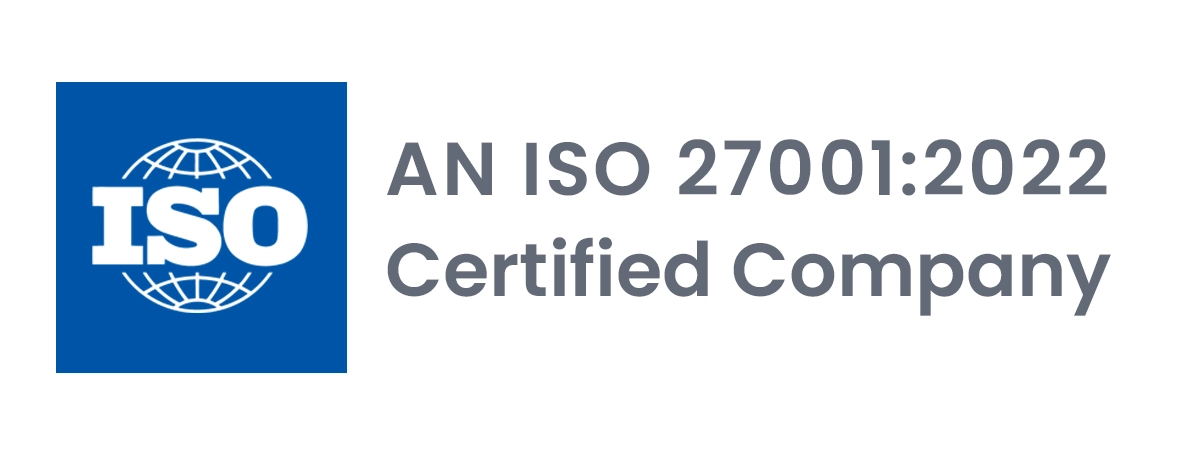
In a software-driven world, businesses are trying to distinguish by innovating at speed while ensuring quality customer experiences. These efforts are continuous using agile and iterative methodologies to elevate the software development lifecycle and get the most out of the value stream.
Yet despite the hype and value-proposition of DevOps, many organizations have not been able to scale because of faulty implementations. Gartner’s prediction that 70% of DevOps initiatives will fail due to people-related challenges require careful consideration.
DevOps is not about tools and technology, but more about organizational culture, collaboration, and workflow. There is a reason why it is called DevOps practices and DevOps champions must play a crucial role in reducing the friction between organizational silos by uniting disparate teams.
Silos Impede Speed
Organizations are structured into teams based on specialization, which is a stumbling block to the speed and velocity required for software development. The essence of DevOps is to facilitate continuous improvement via collaboration and communication amongst teams and working in silos is obstructing these principles.
From a DevOps perspective, silos are isolated working environments within an organization that do not effectively communicate or collaborate with each other. These silos can exist across departments as well as within a specific unit.
For instance, developers may be focused on coding and meeting project deadlines without sufficient interaction with other teams, just as operations who are focused on infrastructure stability and reliability might resist changes to stem outages. Such lack of collaboration with development can result in slow deployment processes.
On the other hand, if testing is treated as a separate phase and not integrated with development, teams experience delayed feedback, longer development cycles and higher possibility of leaking defects into production. Similarly, if security measures are not considered early in the development lifecycle, there are bound to be serious challenges in managing vulnerabilities and compliance requirements.
A thoughtful approach can successfully transition the organization to DevOps practices. NewVision has navigated the DevOps journey in many organizations and here are the four pillars of our methodology.
Ushering the right culture: This requires an evaluation of the organization’s sentiment towards adopting DevOps processes by examining things like decision-making for application releases, collaboration and sharing practices amongst teams, governance structure, awareness regarding automation, infrastructure configuration, and management. The DevOps workflow is aimed at fostering visibility amongst teams to promote transparency and encourage knowledge sharing.
Automation: Automation ensures tasks are performed consistently, minimizes human errors, and allows teams to focus on higher-value activities. It requires focus on several areas including identifying automation opportunities, adopting CICD pipelines, using Infrastructure as Code, and integrating automated testing and continuous monitoring. It examines practices such as code review, code sharing among teams, security testing, version control, rollback processes, and application monitoring tools and procedures.
Structures and Processes: Structure and processes provide the necessary framework for efficient collaboration with well-defined roles and responsibilities; standardized workflows and best practices to guide teams in daily operations and ensure consistency and reliability in software development and delivery. Towards this, we recommend establishing clear goals aligned with business needs; KPIs to measure success; standardized workflows, such as CICD pipelines; automated monitoring and collaboration. Fostering transparency encourages knowledge sharing, while regular training combined with continuous process refinement keeps the organization agile and responsive.
Measurement: Successful DevOps implementation relies on measurable metrics to ensure DevOps practices are creating impact. Specifically, deployment frequency measures how often software updates are released, indicating agility and responsiveness to user needs. Change failure rate assesses the reliability of updates while mean time to recovery evaluates the speed and effectiveness of issue resolution. Lead time tracks the duration from concept to implementation; change volume ensures updates are meaningful and defect escape rate measures pre-production error detection and customer tickets indicate overall user experience.
DevOps for Speed, Quality and Innovation
IT operations must adapt to the complexity of multi-cloud, and traditional environments by adopting a DevOps culture that integrates quality and security into everything to ensure software delivery meets the core requirements of easier, faster, and transformative.
Embracing enterprise-scale DevOps necessitates a significant transformation in how organizations plan, build, test, release, and manage applications. More importantly, scaling DevOps in large, globally dispersed IT organizations not only enhances application delivery but it is an opportunity to drive better business outcomes by optimizing value streams and facilitating continuous innovation.


